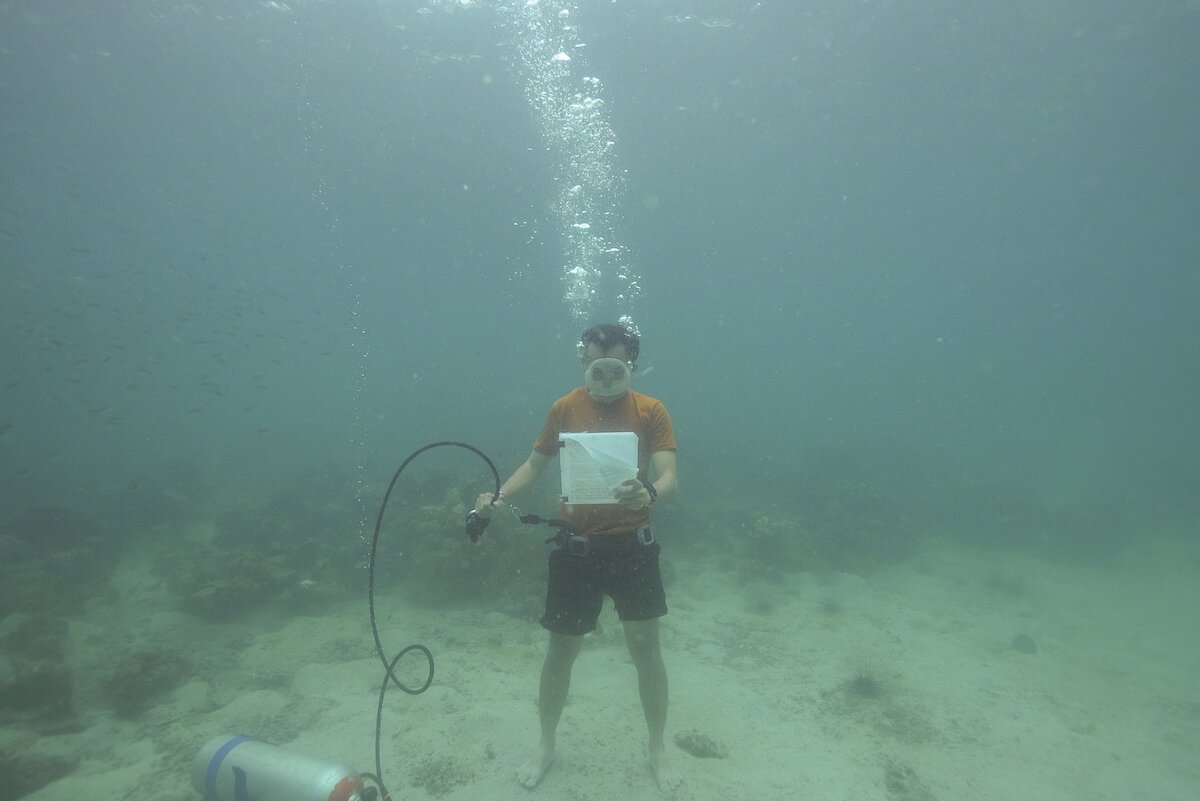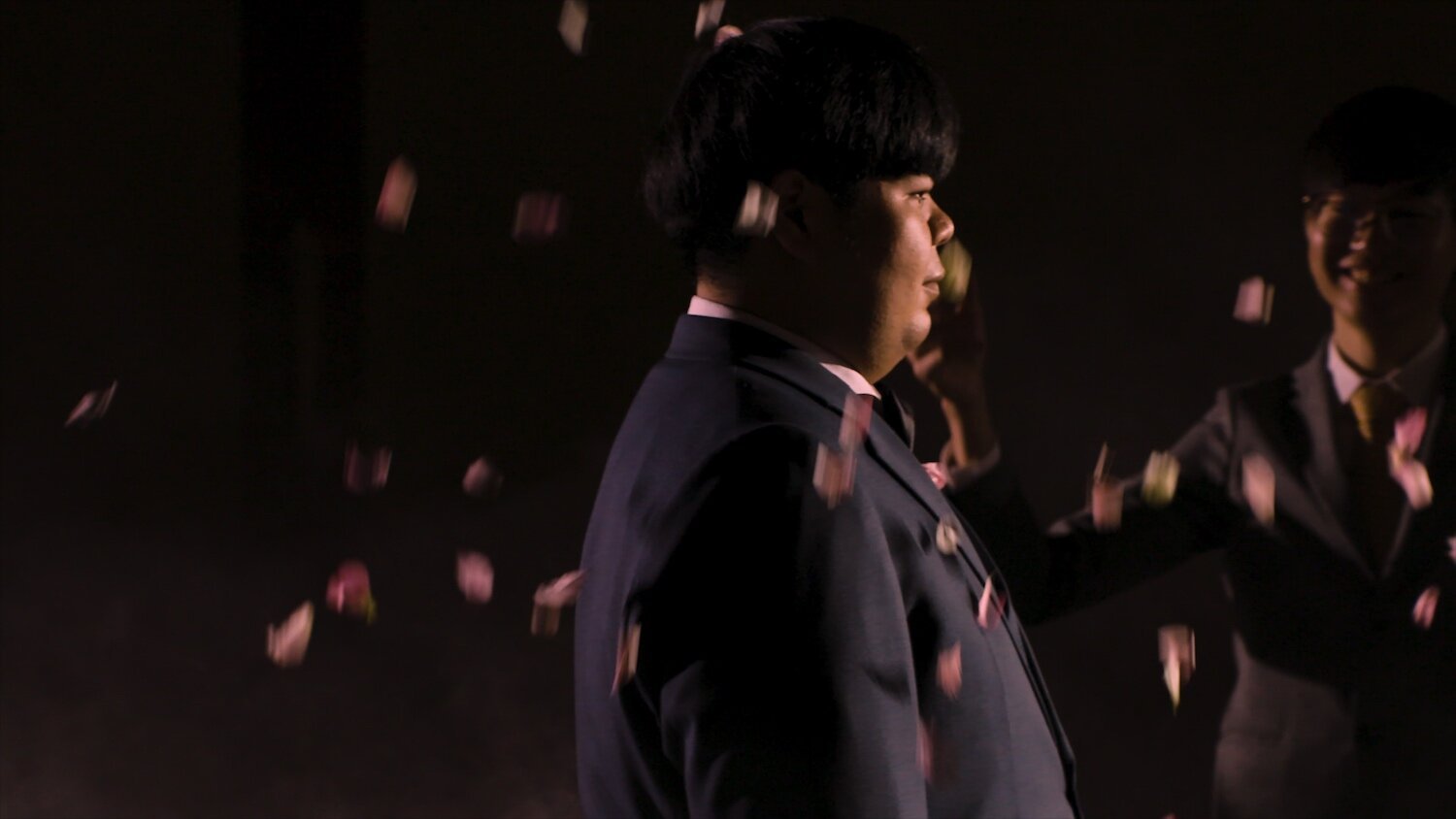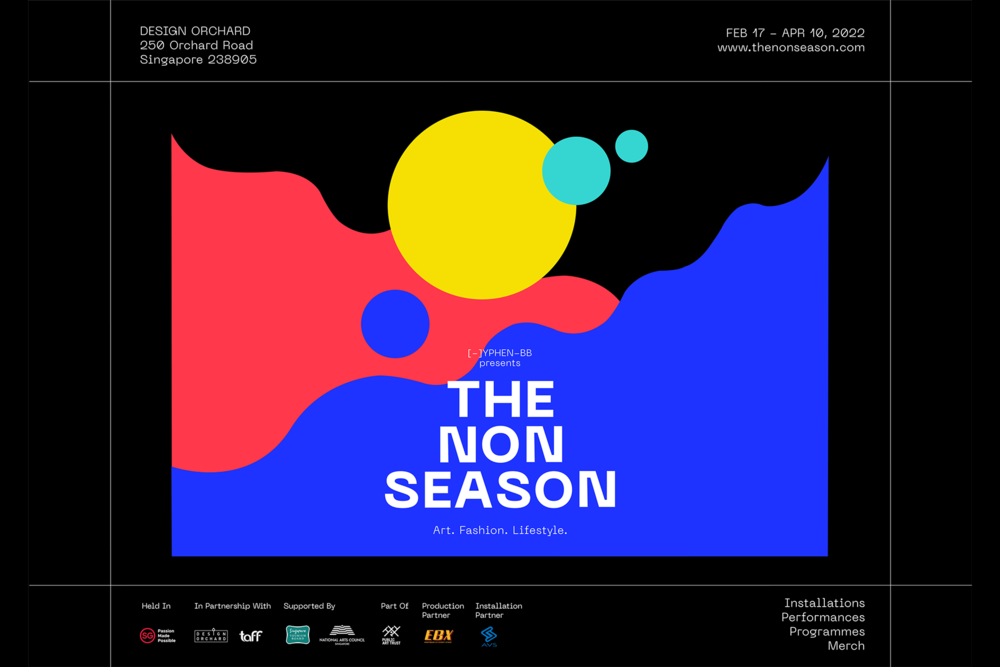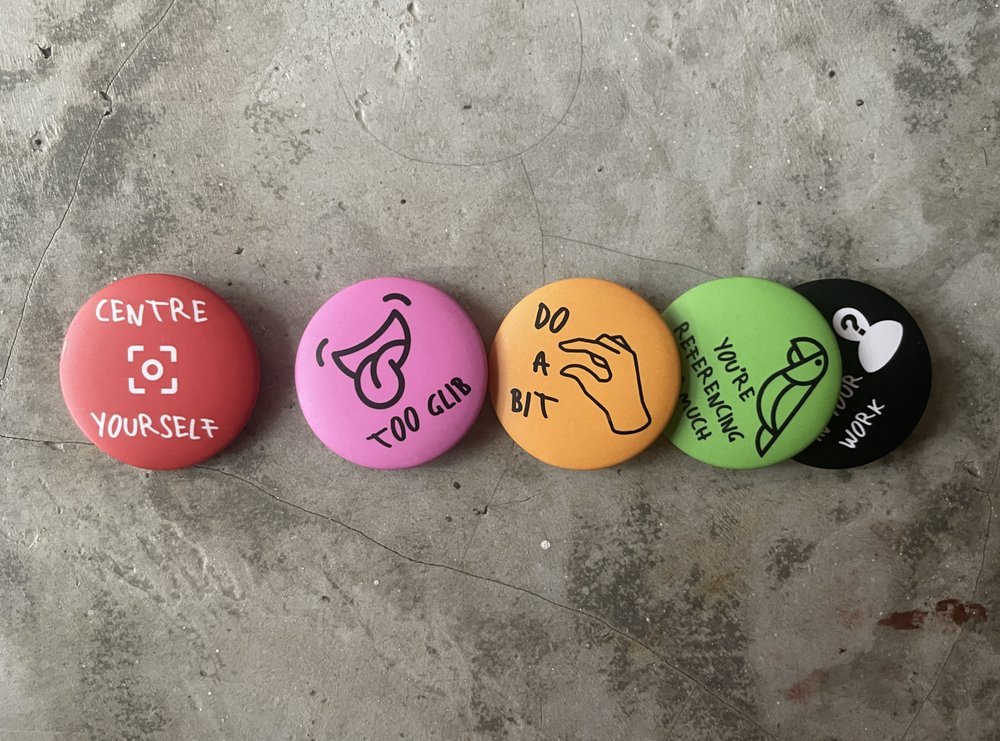Preview of Singapore Biennale 2019
Every Step in the Right Direction
By Tanya Singh
Lim Sokchanlina, ‘Letter to the Sea’ (video still), 2019, video installation: transparency, scuba mask and flippers, installation dimensions variable, video duration 17 min 35 sec. Image courtesy of the artist.
Change is broadly a three-part process – recognising the problem, galvanising the audience into action, and giving hope that adversity can be overcome. The Singapore Biennale 2019 is a reflection and interpretation of this journey. Featuring over 70 artists from Southeast Asia and beyond, the biennale is titled ‘Every Step in the Right Direction’. It is curated by a team of six curators, Andrea Fam, Renan Laru-an, Goh Sze Ying, Anca Verona Mihuleţ, John Tung and Vipash Purichanont, led by Artistic Director, Patrick Flores.
The biennale highlights how artists and their artworks can catalyse change. As Flores notes in an interview with A&M, “There is a geopolitical part to SB2019 and an ethical one. While the geopolitical part helps us to reach out beyond the region, the ethical part responds to things that are not going well in the world, and there are many. I think contemporary art and contemporary curatorial works should speak to the predicaments.” The artworks speaks to issues such as climate change, racism and repressive political ideologies.
Kray Chen, ‘5 Rehearsals of a Wedding’ (video still), 2017, single-channel video, 29 min. Image courtesy of the artist.
The first step towards change is recognising and acknowledging the problem. This is where the ability of art to become an effective means of communication is highlighted. The work of Ruangsak Anuwatwimon, titled ‘Reincarnations (Hopea Sangal and Sindora Wallichii)’ focuses on two plant species in Singapore that are critically endangered. It addresses the impact of climate change and the need for urgent action. In another instance, Dennis Tan builds a traditional racing sail boat, kolek, in his work ‘Many Waters to Cross’, to bring to light a tradition that has been lost in the face of rapid globalisation. In ‘Letters to the Sea’, Lim Sokchanlina tells the story of three Khmer migrants involved in the fishing slave trade who returned home to Cambodia after a prolonged absence, giving voice to the plight of a marginalised group. And in Kray Chen’s ‘5 Rehearsals of a Wedding’, the burden of societal expectations is brought to life through the ritual of an average Singaporean Chinese wedding. Each of these artworks point to a societal issue and encourages the visitors to acknowledge and reflect upon it.
Amanda Heng, ‘Every Step Counts’ (workshop documentation), 2019, multi-disciplinary project: workshop, text work in public space, archival footage, video projection and live performance, dimensions variable. Image courtesy of the artist and Denise Yap.
The biennale also showcases works that galvanise people into action. In ‘Let’s Walk’, Amanda Heng invites the audience to walk with her in a twentieth-anniversary reenactment of a performance piece first presented in 1999 to explore shifts in women’s status over time. Audience participation is also a key element in Sharon Chin’s political work ‘In the Skin of a Tiger: Monument to What We Want (Tugu Kita)’. Members of the public sew onto banners fabric cut-outs salvaged from discarded political flags. The work talks about Malaysia’s political history and its current aspirations. These artworks demonstrate the way in which art can move past communication into action.
Pooja Nansi, ‘Coping Mechanisms’ (artist impressions), 2019, digital print on vinyl sticker, typography, augmented reality (AR) and performance poetry, dimensions variable. Image courtesy of Michael Ee.
Lastly, there are works at the biennale that give hope for change. Pooja Nansi’s ‘Coping Mechanisms’, based on text responses from a group-chat conversation, inspires others to take joy in everyday victories that are often forgotten or discounted. A musical tribute to peace, love and solidarity, the late artist Juliana Yasin’s album ‘Tali Timba’ from 2009 also leaves the viewer hopeful for the society at large. The process of change is incomplete without hope and celebration. Getting a glimpse of the light at the end of the tunnel is what keeps people dedicated to their cause, and these artworks serve as good reminders.
The Singapore Biennale 2019 is an invitation to each and every one of us to ruminate on the problems that affect us and our immediate communities. It provides a platform for artists and audiences to begin a dialogue about enacting positive change. As Flores puts it, “When one is able to understand what is happening in the work, one can also understand what is happening in the world.” And that is a step in the right direction.
A&M is proud to be an official media partner of the Singapore Biennale 2019, which runs from 22 November 2019 to 22 March 2020. For more information, visit singaporebiennale.org.

















